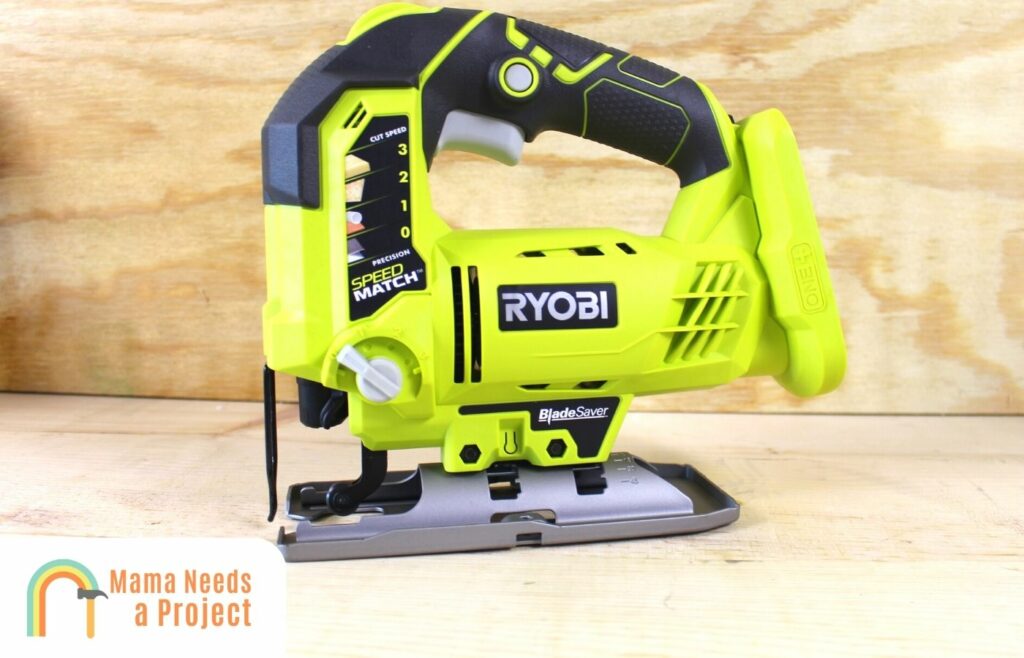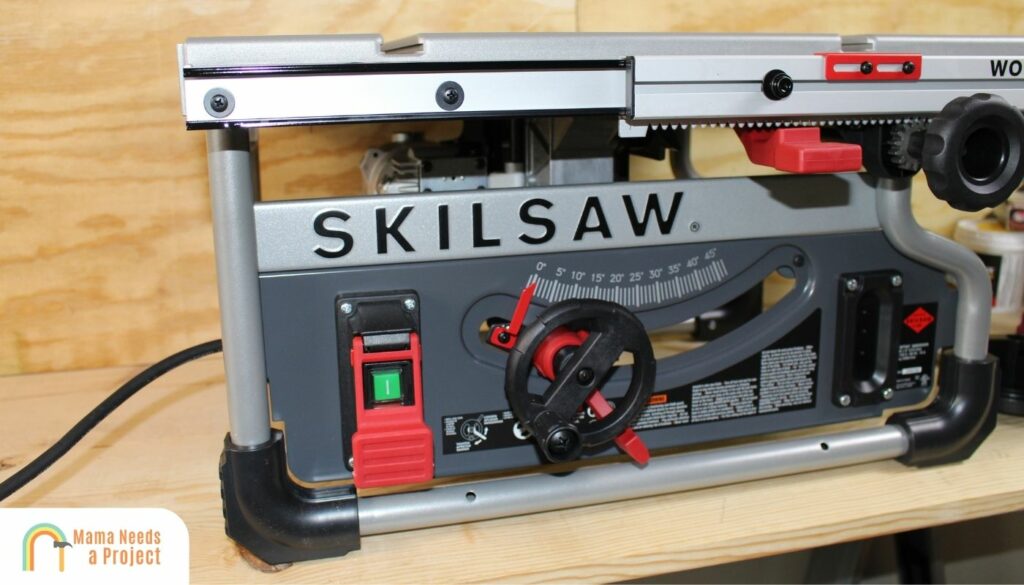6 Saws that Cut Circles (EASY Circle Cutting)
Depending on your line of work, there’s a chance you’ll encounter situations where you need to cut circles in wood or a range of other materials. When this situation arises, it’s important to have the right type of saw for the job because not all saws are capable of cutting in circular patterns.
In this article, I’ll explore several saws that cut circles and which is best for your project. Let’s dig in!
- Some of the best saws for cutting circles include hole saws, jig saws, band saws, table saws, and saber saws.
- I recommend practicing your cut on a piece of scrap wood to get the hand of your saw before working on your project.
6 Best Saws To Cut Circles
When it comes to cutting circles in wood, it’s important to use the right tools for the job. Most saws are designed to cut in straight lines, which means that the angular cuts of a circle require special tools and blades. Attempting to cut circles with the wrong type of saw will result in loose cuts, jagged edges, and imperfect circles what nobody wants.
1. Hole Saws
If you want to make perfect circles every time, hole saws are the way to go. Hole saws consist of a circular drill bit with jagged teeth around the edges.
You attach the hole saw to a drill and operate it the same way you would with any other type of bit. As long as you hold your hand steady and apply steady, even pressure to the drill, the hole saw will create a perfect circle every time.
Hole saws are available in a wide range of sizes from 1″ round up to 12 inches round. As such, they’re great for smaller holes, such as the ones involved in making cornhole boards, but are limited when it comes to larger or customized holes.
You’ll also have to purchase a different hole saw bit for every hole size because the bits are not adjustable.
2. Jig Saws

Next up, you can opt to use a jig saw for cutting a circle in wood. Jig saws are one of the preferred tools for making angular or circular cuts because they use a thin blade, and the saw is easy to control.
If you need to make the perfect cut, you can use a circle-cutting jig. However, if you’re experienced and the cut doesn’t have to be absolutely perfect, you can also opt to freehand.
While jigsaws aren’t quite as fast as using a hole saw, you can make custom cuts and turns with a jigsaw that you can’t with a hole saw. Additionally, using a jigsaw is typically faster and easier than using another type of tool when creating circles.
If you plan to use this type of saw to cut a hole in the middle of a board, rather than starting from the end, make sure to use a drill press to make a hole first. You can then insert the blade through the hole and start making your cut.
Looking for a jigsaw? Check out these awesome jigsaws that are worth the money!
3. Plunge Router With Circle Cutting Jig
If you’re looking for what is often considered the best and most precise way to cut circles, a plunge router and circle-cutting jig is the way to go. Plunge routers allow for precise, custom holes of every size and scope. As long as you use the same jig every time, you can cut as many identical holes as necessary.
The key to using a plunge router and circle-cutting jig is to mark the center point of your circle clearly. Next, use a nail or screw to secure the jig and router in place before proceeding with your circular cut.
While plunge routers are the best way to make perfect, custom holes, they’re also the most expensive option. Therefore, unless you plan to cut lots of circles in wood that are multiple sizes, a plunge router may not be the best option.
4. Band Saw
While a band saw may not be the best option for cutting a circle in a piece of wood, it’s a great option if your goal is to cut a perfect wood circle that you intend to use. Because of how band saws work, you will need to cut through a section of wood to get to the circular portion.
The best way to use a band saw is to implement a jig so that your circle is perfect. However, you can also opt to freestyle if the circle doesn’t have to be perfect.
5. Table Saw

As with a band saw, table saws aren’t the best power tools when you intend to cut a hole out of wood and use the wood. However, for cutting circles in wood when a useable circle is your intended target, a table saw is a great option.
6. Saber Saw
Saber saws, also known as sawzalls, may not be the proper tool for cutting circles, but they can get the job done. Saber saws have larger and thicker blades than jig saws, and they’re far more powerful.
However, a saber saw lacks the finesse and agility of other options on this list, and there’s a higher probability that you’ll mess up your circle. You also can’t use a jig with an adjustable pin when using a saber saw, so it’s best to practice on scrap wood before getting to the real thing.
Check out this saber saw vs jigsaw comparison to find out which you should use!
Which Saw For Cutting Circles is Best For Me?
If you need to make a series of small to midsize perfect circles, hole saws are a good option. However, if you have room in your budget and plan to require ongoing circle-cutting abilities, a plunge router is the best option and may be worth the investment.
Finally, if you want a saw that can cut circles in wood and get used for other cutting purposes, a jig saw or saber saw might be the way to go.
Here’s a great video showing different ways to cut circles in wood!
FAQs
What tool will cut a circle in wood?
There are several tools you can use to cut holes in wood, but jig saws, plunge routers, and hole saws are some of the best.
How do you cut a perfect circle?
If you need to cut a perfect circle in wood, it’s best to use a plunge router with a circle-cutting jig.
Final Thoughts
As you can see, there are plenty of options when it comes to cutting circles in wood. Regardless of which option you choose, it’s always best to practice on scrap wood a few times until you get the hang of it.


